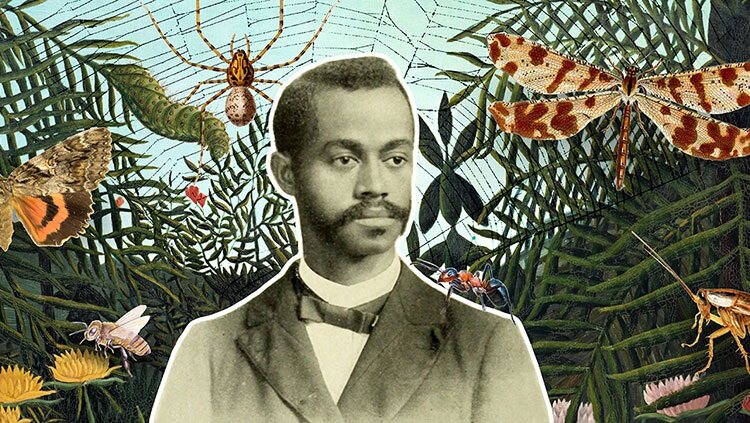The Cognitive Neuroscience Laboratory at the German Primate Center
- Published4 May 2016
- Reviewed4 May 2016
- Source The Cognitive Neuroscience Laboratory - German Primate Center (DPZ)
At any given moment, our brains are bombarded with information — sights, sounds, and sensations all competing for our attention. How do we ignore distractions and filter out the pertinent information? That’s what researchers at the German Primate Center’s Cognitive Neuroscience Laboratory want to know.
Using computer eye-tracking experiments and brain imaging, the researchers are learning how we respond to visual information and what areas of the brain are active when we do. For a more detailed look at what is happening in the brain, the researchers turn to monkeys. After training monkeys to press a button when an image appears on a computer screen, they can record from individual neurons and see how the cells’ activity changes. These experiments help scientists better understand attention processes in the brain as well as disorders, such as attention deficit disorder (ADD), where attention processes are impaired.
CONTENT PROVIDED BY
The Cognitive Neuroscience Laboratory - German Primate Center (DPZ)

















